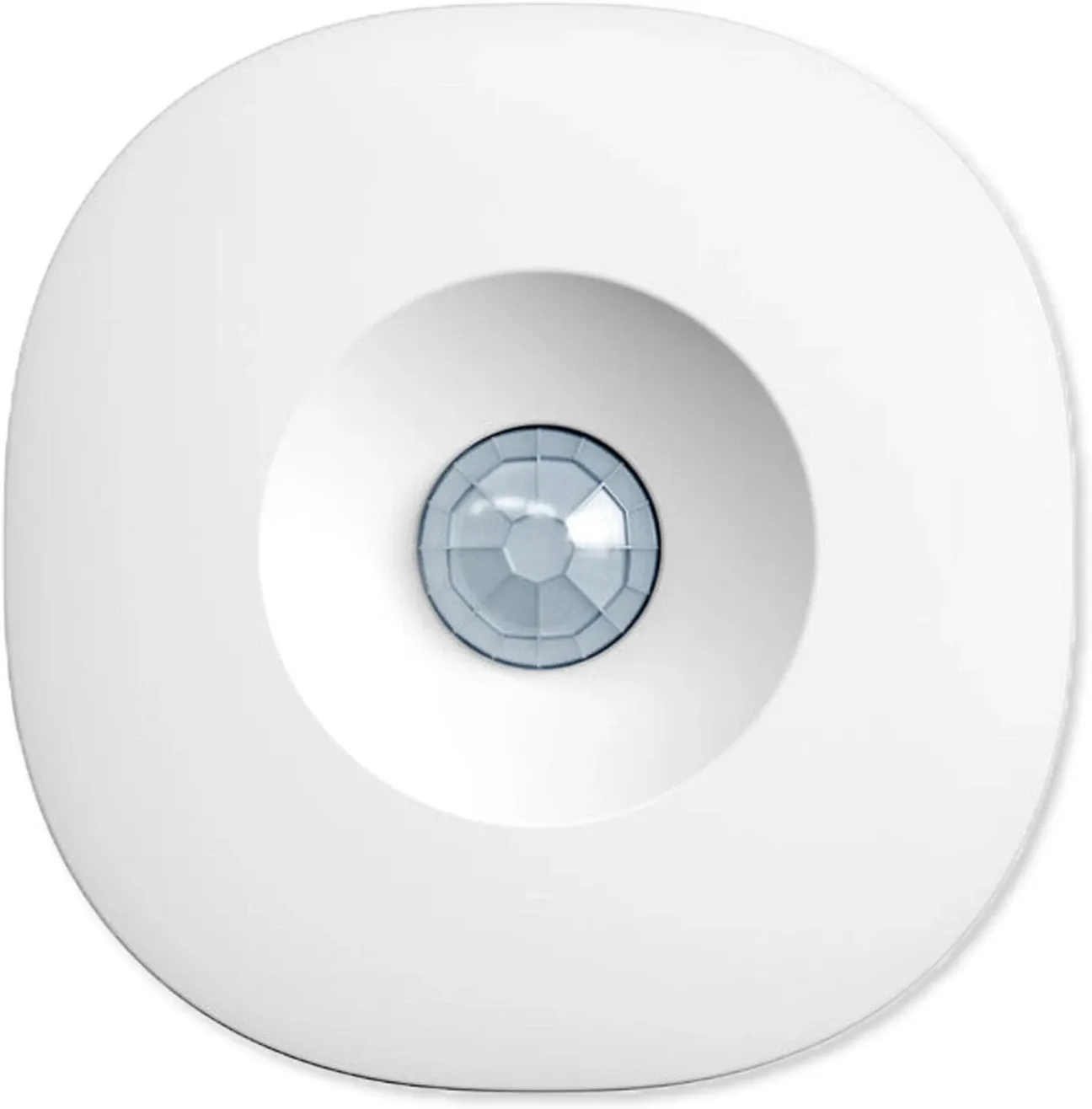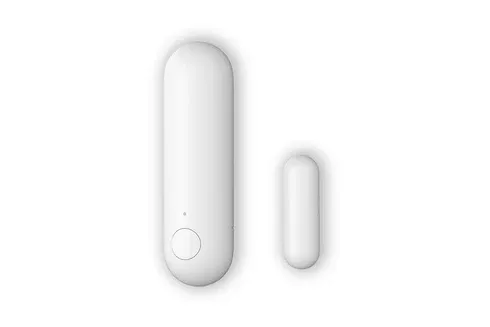A motion sensor is an essential device for any modern smart home, offering a blend of security, convenience, and energy savings. By detecting movement within a space, a motion sensor can trigger automated actions such as turning on lights, alerting homeowners, or managing appliances. Incorporating motion sensors into your smart home system enhances daily living by making your environment more responsive and efficient.
Why a Motion Sensor is Vital for Smart Homes
Installing a motion sensor in your smart home setup goes beyond simple security benefits. These sensors can automatically control lighting, appliances, and HVAC systems, reducing energy waste by activating devices only when needed. A motion sensor offers a seamless way to make your home smarter and more intuitive, reacting instantly to your presence.
Key Advantages of Using a Motion Sensor in Smart Homes:
- Improved security: Motion sensors detect unexpected movement and can trigger alerts or activate security cameras.
- Energy efficiency: Lights and devices connected to a motion sensor turn off when no activity is detected, lowering energy consumption.
- Enhanced convenience: Motion sensor-driven lighting and appliance control simplify everyday tasks.
- Customizable settings: Many motion sensors allow you to adjust sensitivity and timing to suit your home’s specific needs.
Popular Motion Sensor Devices for Smart Home Integration
If you’re looking to upgrade your home with motion sensor technology, several devices stand out for their unique capabilities. These motion sensor products can improve security, convenience, and energy management in your smart home.
1. Motion Sensor-Activated Security Cameras
Security cameras with built-in motion sensors are ideal for monitoring indoor and outdoor areas. These cameras start recording only when motion is detected, sending instant notifications to your phone. This motion sensor feature helps keep your home safe and provides real-time updates, making it a valuable part of any home security system.
Beyond recording, modern motion sensor cameras can integrate with other smart devices to create layered protection. For example, a motion event can trigger outdoor lights, sound an alarm, or even send a live feed to your smartphone or smart speaker. These integrations expand the role of a motion sensor beyond simple detection, making them a central element of a complete smart home security setup. By combining visual monitoring with automated alerts, homeowners gain both confidence and control over their property.
2. Smart Lighting Controlled by Motion Sensors
Smart lighting systems equipped with motion sensors automatically turn lights on when someone enters a room and off after a period of inactivity. This motion sensor capability is perfect for spaces like hallways, bathrooms, and garages, where lights are often left on unnecessarily, offering both convenience and energy savings.
3. Smart Plugs and Appliances with Motion Sensor Control
Smart plugs integrated with motion sensors can manage household appliances efficiently. For example, a fan or heater plugged into a smart plug will only operate when the motion sensor detects someone in the room, providing comfort while conserving energy.
How Motion Sensors Enhance Home Automation Systems
Motion sensors play a crucial role in creating dynamic and responsive home automation. By connecting multiple motion sensor devices, you can build customized routines that adjust to your lifestyle. For instance, a motion sensor can trigger lights to turn on and a smart speaker to play music as you enter a room, making your smart home more interactive and user-friendly.
Tips for Effective Motion Sensor Placement and Use
- Strategic placement: Install motion sensors in high-traffic areas such as entryways, hallways, and staircases for maximum coverage.
- Hub integration: Link motion sensors with smart home hubs like Alexa or Google Home to streamline automation.
- Sensitivity adjustment: Fine-tune motion sensor sensitivity to reduce false alarms caused by pets or minor movements.
- Combine with other devices: Use motion sensors alongside lights, cameras, and smart plugs to create a comprehensive smart home system.
Tailored Motion Sensor Solutions for Every Home
Motion sensors offer flexible solutions designed to fit different home layouts and lifestyles. Whether your priority is security, energy conservation, or daily convenience, a motion sensor can be customized to meet your needs. For eco-conscious homeowners, motion sensor systems help reduce unnecessary energy use, while families gain safety benefits by placing sensors near entry points and staircases. These smart solutions contribute to a more adaptive and efficient home environment.
Conclusion: Upgrade Your Smart Home with Motion Sensors
A motion sensor is a smart investment for enhancing your home's security, convenience, and energy efficiency. From motion sensor-activated lighting to security cameras and smart plugs, these devices automate everyday tasks and provide peace of mind. Explore the benefits of incorporating motion sensors into your smart home and experience a more intelligent, responsive living space today.
Additionally, motion sensors are becoming more advanced with features like AI-powered detection and integration with voice assistants. These upgrades allow for smarter routines, better accuracy, and improved comfort in daily use. By combining modern design with intelligent software, motion sensors continue to evolve as one of the most valuable tools for any connected home.

